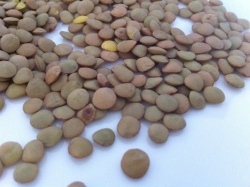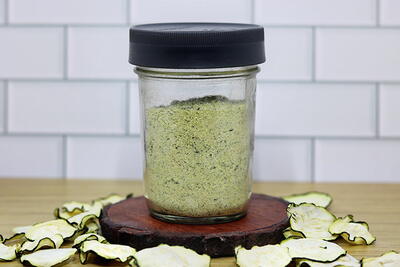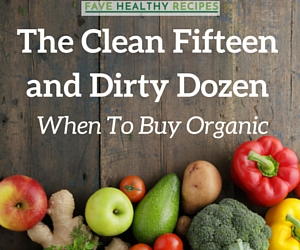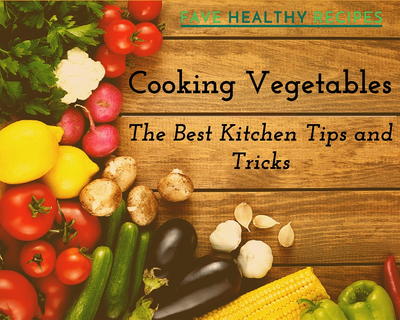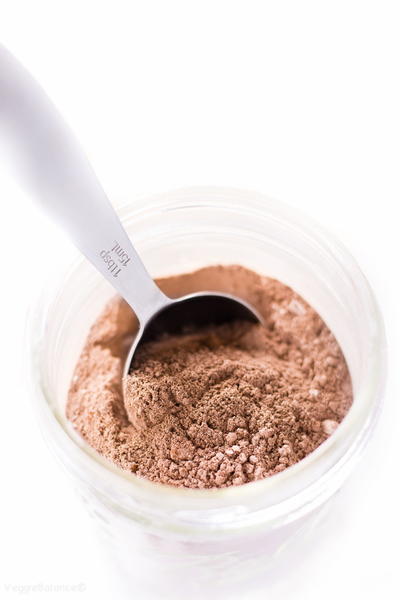How to Read a Nutrition Label
The first step to eating healthy is understanding how to read a nutrition label. The nutrition facts will tell you the proper serving size, the amount of calories, and the daily percent value of nutrients. With this information, you'll be able to monitor what you're putting in your body, and this is incredibly important for people who are looking to live a healthier lifestyle. By knowing how to read the nutrition label, you'll be on your first step toward becoming a healthier happier you.
How to Read a Nutrition Label
For even more healthy information, keep up to date with our latest how-to articles.
1. Start with Serving Size: You should first look at the serving size to determine how much of a food or recipe you should eat in one sitting. Many people often over-indulge because they do not look at the recommended serving size. The serving size determines the rest of the information on the nutrition label, so if you take more than recommended, you'll need to adjust the nutrition amounts.
2. Move onto Calories: According to the U.S. Food and Drug Administration1, the amount of calories determines how much energy you'll recieve from one serving. In general, 40 calories is low, 100 calories is moderate, and 400 calories is high. However, this guide will depend on what you're eating, for instance a single serving of a stir fry recipe should be much higher than a single serving of a brownie recipe. Monitoring calories is a great tool to determine how much you should eat over the course of a day. Many people follow a 2,000 calorie diet, but this number may change if you're trying to lose weight or if you live an active lifestyle.
3. Limit these Nutrients: By keeping your intake of these nutrients low, you'll have less risk of heart disease, high blood pressure, and some cancers. The American Heart Association2 says that on a 2,000 calorie diet, an individual should have no more than 11 to 12 grams of saturated fat, 300 miligrams of cholesterol, and 1,500 miligrams of sodium. As for transfat, you should try to avoid it when following a healthy diet.
4. Increase these Nutrients: Every day you should strive to increase your intake of dietary fiber, protein, calcium, iron, vitamin A, and vitamin C. Many individuals do not receive enough fiber, calcium, iron, and vitamins, but by adding more fruits and vegetables to your diet, you'll easily increase these beneficial nutrients. As for protein, it's great to keep you feeling energized and full.
5. Understand Percent Daily Value: Percent daily value is based on a 2,000 calorie diet, and it's great to break down your day into easily understood numbers. With the addition of daily percent values, you don't have to know how many grams of a nutrient you should have in one day. Instead, you can base everything off of the percentage scale.
6. Carbohydrates and Sugar: There are some "good" carbs and "bad" carbs. According to Eat Right3, whenever you're craving carbs, you should try to eat whole-grain breads, cereals, rice, and pasta. However, the best types of carbs are fruits and vegetables. As for sugar, you should avoid artificial or refined sugar and instead find recipes that incorporate only natural sugar.
For even more tips and tricks, check out our Guide to Understanding Superfoods.
References:
1. How to Understand and Use the Nutrition Facts Label from The U.S. Food and Drug Administration
2. Understanding Food Nutrition Labels from American Heart Association
3. The Basics of the Nutrition Facts Panel from Eat Right
Read NextThe 10 Healthiest Foods: Edamame
Your Recently Viewed Recipes
shelfconsciouskati e
Mar 24, 2016
What great info! I want to print this out and keep it in my kitchen.
Report Inappropriate Comment
Are you sure you would like to report this comment? It will be flagged for our moderators to take action.
Thank you for taking the time to improve the content on our site.



